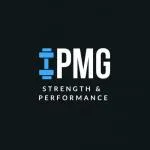8 of the Best Hamstring Exercises for Meaty Legs
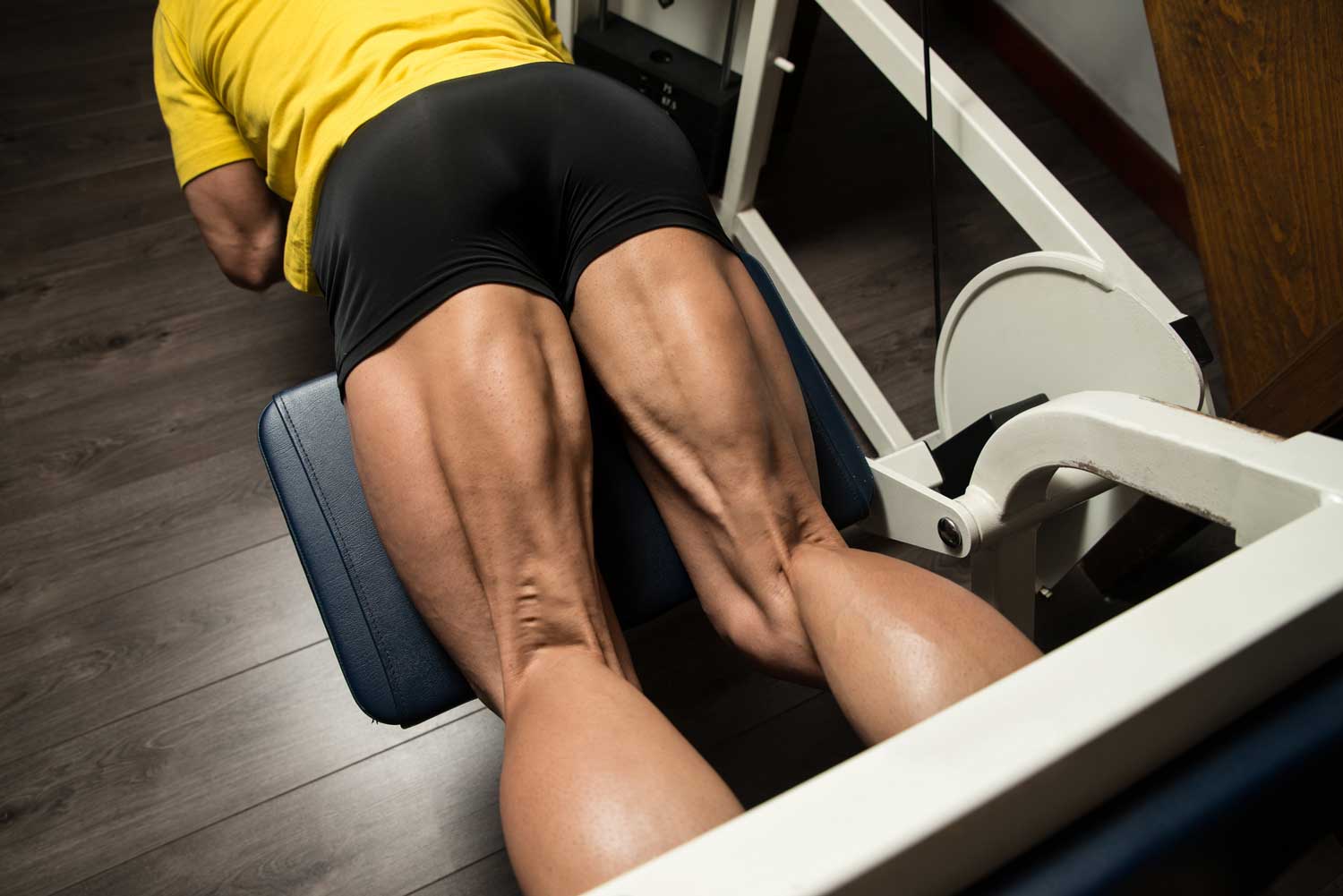
Your hamstrings are not just for decoration and making yoga feel impossible. They’re essential for basically any athletic movement involving your legs—jumping, running, lunging, squatting, and picking up weight.



Get stronger pulls & shaply gams with these hamstring exercises
Usually when you think of well-developed legs, you imagine thick quads with a sculpted teardrop shape above the knees. The front-facing quad muscles get a lot of attention as primary movers of your posterior chain. But think of how ridiculous bodybuilders would look from the side with those massive quads and itty bitty hamstring muscles.
Your hamstrings team up with your glutes to drive you forward during sled pushes or launch you upward when dunking on the court. Not only do they provide raw power for your squats and deadlifts, but full hamstrings widen the overall shape of your legs and test the stretch in the leg holes of your workout shorts.
If you want to improve the landscape of your legs, especially how they look from the side, adding focused hamstring work into your training is non-negotiable. Building strength in your hamstrings comes with loading functional, compound movements, but it pays to isolate and really fry them once in a while.
Take a tour of hamstring anatomy and work some of our favorite hamstring exercises into your training.
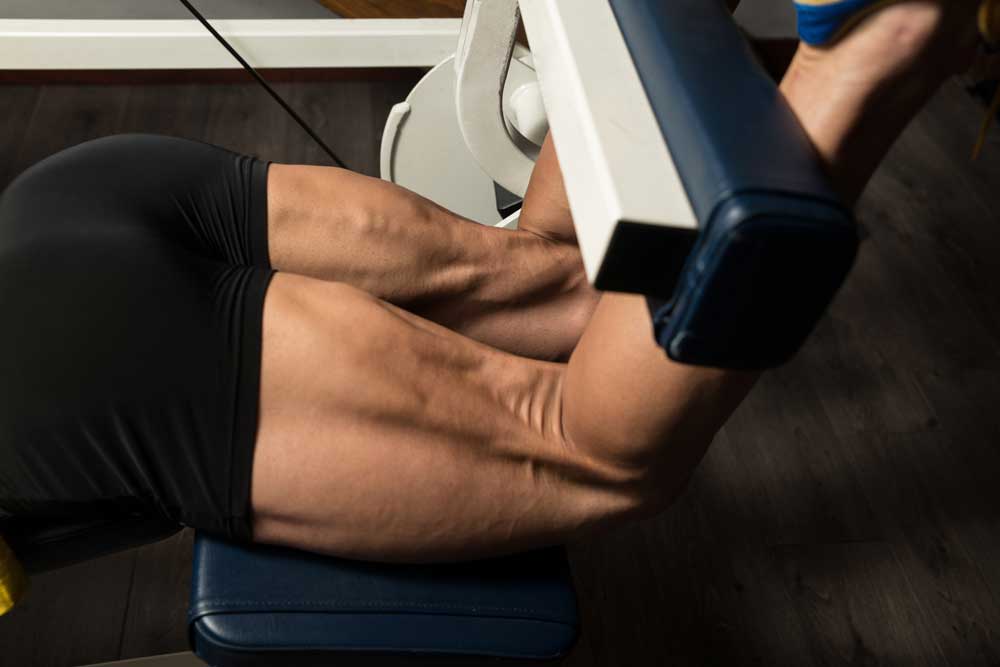

Hamstring anatomy
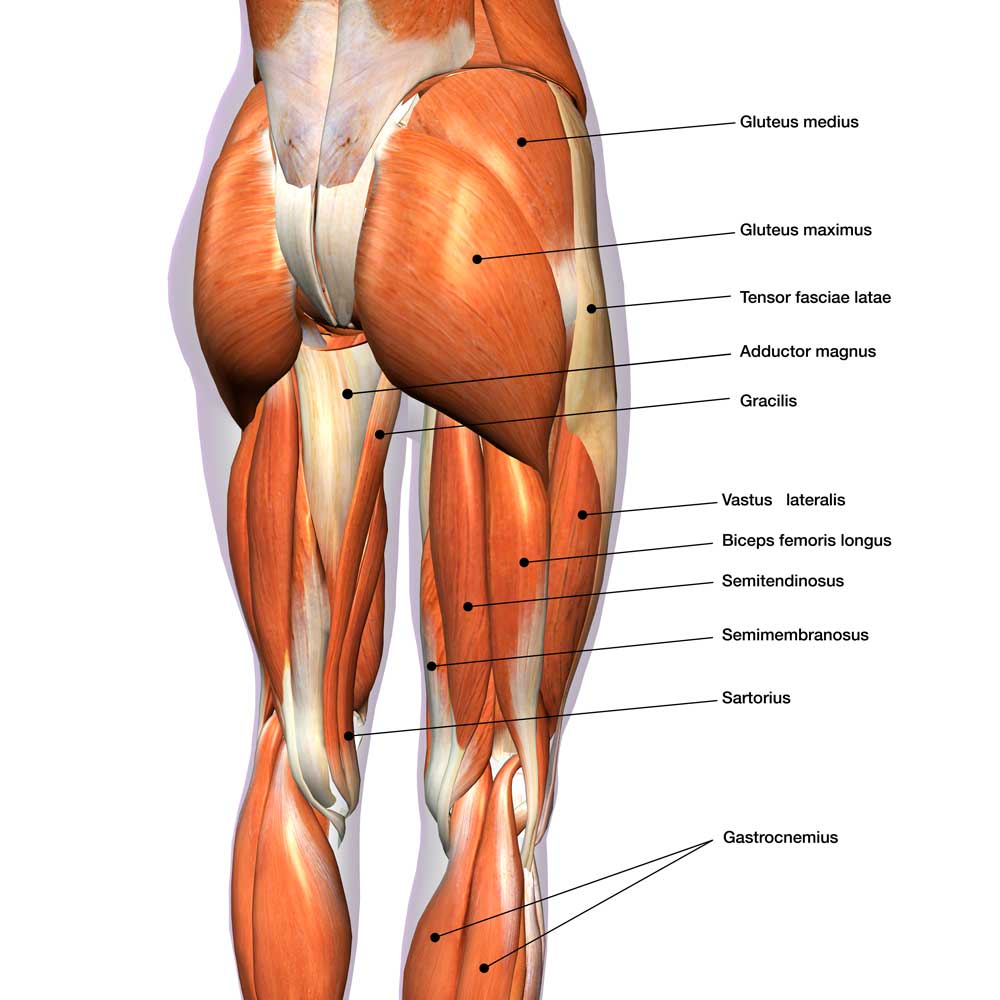

Your hamstrings are a group of three cable-like muscles at the back of your thigh running from your hip to your knee. They’re largely responsible for flexion of the knee joint and extension of the hip joint, along with some rotation of your lower leg and glute stability.
The semitendinosus and semimembranosus (what a mouthful) flex/bend your knee and work with your glutes to extend your hip, like at the top of a hip thrust
The biceps femoris has two heads, long and short, that help flex your knee and externally rotate your lower leg. They also support your hip when you walk, run, or jump.
These three muscles are crucial antagonists for your quads and are commonly injured in sports that involve a lot of explosive sprinting.
Fun Fact: Lombard’s paradox refers to the paradoxical contraction of both the hamstrings and quads when you rise from squatting or sitting to standing. The two muscle groups are antagonists, which means they usually work in opposition to one another. Apparently this is just efficient human adaptation for being bipedal. Nice.
What Hamstring Exercises Build Big Legs?
1. Conventional deadlifts
Easily the most popular posterior chain movement across strength and conditioning sports, the deadlift is a hard-charging, heavy-loading grinding hamstring exercise. Thinking back to our anatomy, the deadlift adds resistance to a primary function for the hamstrings: hip extension. Deadlifts are a compound movement that also require strength and stability in your core, hips, and back.
2. Romanian deadlifts
Also known as stiff-leg deadlifts, RDLs act even more on the posterior chain by excluding the knees from the equation. Some consider them the pinnacle of hamstring exercises. Instead of bending the knees for a conventional deadlift, keep the knees straighter and maintain only a soft bend. This results in both a deep stretch and a strong contraction for the hamstrings.
Single-leg RDLs are a killer way to train each leg unilaterally and work on balance.
3. nordic hamstring curls
One of the hamstrings’ primary functions is to flex the knee. A hamstring curl does just that while isolating and adding resistance for muscle hypertrophy. There are a number of different ways to do hamstring curls: seated, standing, or lying on your belly. If you don’t have access to a leg curl machine, try using bands or dumbbells instead. Nordic curls can be done with a partner to anchor your feet or any equipment stable enough to hold your legs down.
4. Good mornings
Good mornings function exactly like an RDL, but with the load on your back instead of pulling from the floor. With a barbell on your back, the same rules apply as for the RDL: keep your back flat and a soft bend in your knees as you hinge forward. Squeeze the glutes to drive through your hips and come back up to standing. This killer hip hinging movement works your hamstrings, glutes, and spinal erectors.
5. Hip thrusts
Commonly used for glute work, hip thrusts (aka glute bridges) also act on the hamstrings to drive weight up using hip extension. To further isolate your hamstrings and turn this into more of a hamstring exercise, place your feet out in front of you at a wider angle than the traditional 90 degrees. You can also try this method using a bench to squeeze your hamstrings, drive your heels down and hips up.
6. Kettlebell swings
Does this movement look familiar? Hip hinge with a soft knee bend anyone? Kettlebell swings are stellar for loading the hamstrings with higher reps and more explosive hip extension. A great way to work your hamstrings during HIIT training. Be sure to keep your back flat and hinge forward instead of sitting back or squatting into the movement. For Russian style kettlebell swings, your arms can stop parallel to the ground instead of extending fully overhead.
7. Rowing
Another method for frying your hamstrings during HIIT workouts or metcon training is to hop on a rower. Rowing on a machine is like the perfect combination of deadlifts and barbell rows—tons of back and hamstring activation. But you have to row with good form or you’re just wasting your time. The video above delivers entertainment + tips to improve your rowing form.
If you’re skeptical about this one, try rowing a 10k and let us know just how roasted the backs of your thighs feel afterward.
8. Hip extensions & glute-ham raises
For these absolute hamstring burners, you’ll need access to a Glute-Ham Developer (GHD), found in most CrossFit gyms and some commercial gyms. Hip extensions (erroneously called “back extensions” which are a completely different movement) involve fixing your legs straight in the pads and moving through hip flexion and extension. Glute-ham raises (GHRs) are more like a hamstring curl. For both movements, focus on squeezing your glutes and hamstrings to come up.
The Marketplace: Shop Expert Programming from Real Coaches
Sometimes all you need to reach your destination on your fitness journey is an expert guide. We’ve got you covered.
The TrainHeroic marketplace is the only place to purchase programming from the World’s best coaches, delivered through the immersive training experience of the TrainHeroic app.
Browse from thousands of programs for any goal and every type of athlete.
Or, join a monthly programming membership to connect with a real coach and community of athletes training just like you. Try any programming subscription free for 7 days.
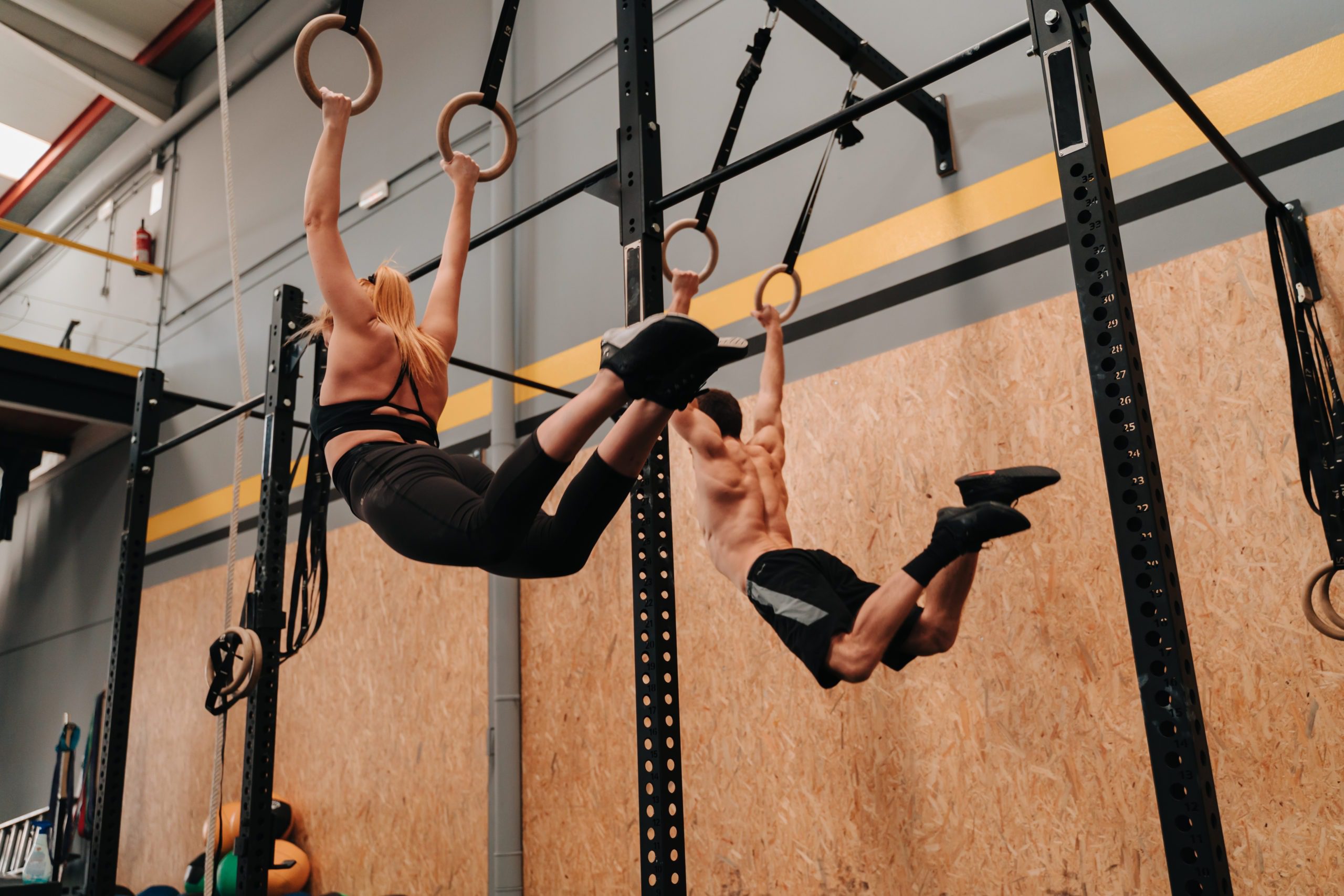




Lily frei
Lily is TrainHeroic’s Marketing Content Creator and a CF-L1 with an English background. She was a successful freelance marketer for the functional fitness industry until being scooped up by TrainHeroic. An uncommon combo of bookish, artsy word-nerd and lifelong athlete, Lily is passionately devoted to weightlifting, CrossFit, yoga, dance, and aerial acrobatics. Find her showcasing her artist-athlete hobbies on IG @lilylectric.


Join the community
Sign up for the latest training news and updates from TrainHeroic
Support
Made with love, sweat, protein isolate and hard work in Denver, CO
© 2023 TrainHeroic, Inc. All rights reserved.
